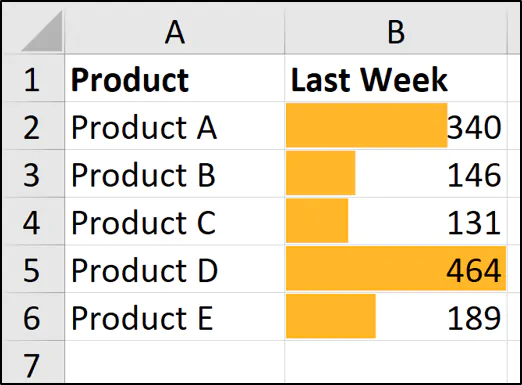Master Excel: Simple Copy Techniques for All Users

Microsoft Excel is an indispensable tool for anyone working with data, from office professionals to students, and home users alike. One of the most fundamental skills in Excel that every user should master is copying data efficiently. Whether you're managing large datasets, creating reports, or simply transferring information from one cell to another, understanding copy techniques can significantly enhance your productivity.
Understanding the Basics of Excel Copy

Before diving into more advanced techniques, it's crucial to grasp the basic operations:
- Copy and Paste: Use shortcuts like
Ctrl + Cto copy andCtrl + Vto paste. This operation copies the contents of selected cells to the clipboard, allowing you to paste them elsewhere. - Right-Click Copy: Right-click on the selected cells and choose 'Copy', then right-click where you want to paste and select 'Paste'. This method offers additional options in the context menu for specialized paste operations.
- Fill Handle: Dragging the small square at the bottom-right corner of a cell (known as the fill handle) can copy or increment data across multiple cells.
💡 Note: Always ensure the cells are selected before using any copy method to avoid copying incorrect data.
Advanced Copy Techniques

Once you've mastered the basics, here are some advanced copy methods that can streamline your workflow:
Using the Paste Special Function

'Paste Special' allows you to copy specific elements of a cell or range of cells:
- Values: Paste only the cell values without copying formulas, formats, or comments.
- Formulas: Copy just the formulas, leaving behind any formatting.
- Formats: Transfer just the cell formats (color, font, borders, etc.).
- Transpose: Convert rows to columns or vice versa when pasting.
To use Paste Special, after copying, right-click where you want to paste, choose 'Paste Special' from the context menu, and select your desired option.
Copying Conditional Formatting

Conditional formatting rules help visualize data trends or highlight critical information. Here’s how you can copy these rules:
- Select the range with the conditional formatting you wish to copy.
- Go to Home > Conditional Formatting > Manage Rules.
- In the Conditional Formatting Rules Manager, you can copy or apply rules to other cells or ranges.
⚠️ Note: Be cautious when copying conditional formatting to ensure it applies correctly in the new context.
Utilizing VBA for Advanced Copying

If you're comfortable with VBA (Visual Basic for Applications), you can automate copying tasks:
Sub CopyRange()
‘Select the source range
Range(“A1:B10”).Copy
‘Select the destination range
Range(“E1:F10”).Select
‘Paste special with values only
Selection.PasteSpecial Paste:=xlPasteValues
Application.CutCopyMode = False
End Sub
Copy Techniques for Large Datasets

When working with large datasets, efficiency is key:
Flash Fill

Excel's Flash Fill feature can recognize patterns and fill in data for you:
- Type out the first example of how you want your data formatted in an adjacent cell.
- Excel will suggest filling in the rest based on this example if you start typing in the next cell. Press Enter to accept.
Paste Options in Clipboard

The Office clipboard holds multiple items, allowing you to paste different data sets without re-copying:
- Go to Home > Clipboard to view copied items.
- Select from the list to paste different sets of data.
Keyboard Shortcuts for Copy-Paste

Here's a table of essential shortcuts for various copy-paste operations:
| Shortcut | Function |
|---|---|
Ctrl + C |
Copy selected cell(s) |
Ctrl + X |
Cut selected cell(s) |
Ctrl + V |
Paste from clipboard |
Alt + E, S, V |
Paste special (values) |
Alt + E, S, T |
Paste special (formats) |

In conclusion, mastering various Excel copy techniques is crucial for anyone looking to streamline their data manipulation tasks. From simple copy and paste to complex operations like VBA scripting, each method offers its own advantages. By understanding and utilizing these techniques, users can not only save time but also avoid common errors associated with data entry and formatting. Efficient copying in Excel translates into smarter work practices, fostering a more dynamic and responsive approach to data management.
What is the difference between copy and cut in Excel?

+
Copying data leaves the original data in place, creating a duplicate elsewhere. Cutting data removes it from its original location and places it in a new one, effectively moving the data.
Can I undo a copy-paste operation in Excel?

+
Yes, you can use Ctrl + Z to undo the last action, including copy-paste operations, as long as you haven’t closed the workbook or the undo buffer has not been cleared.
How do I copy conditional formatting rules in Excel?

+
Select the range with the conditional formatting, go to Home > Conditional Formatting > Manage Rules, and use the Copy button to apply the rule to other cells.



